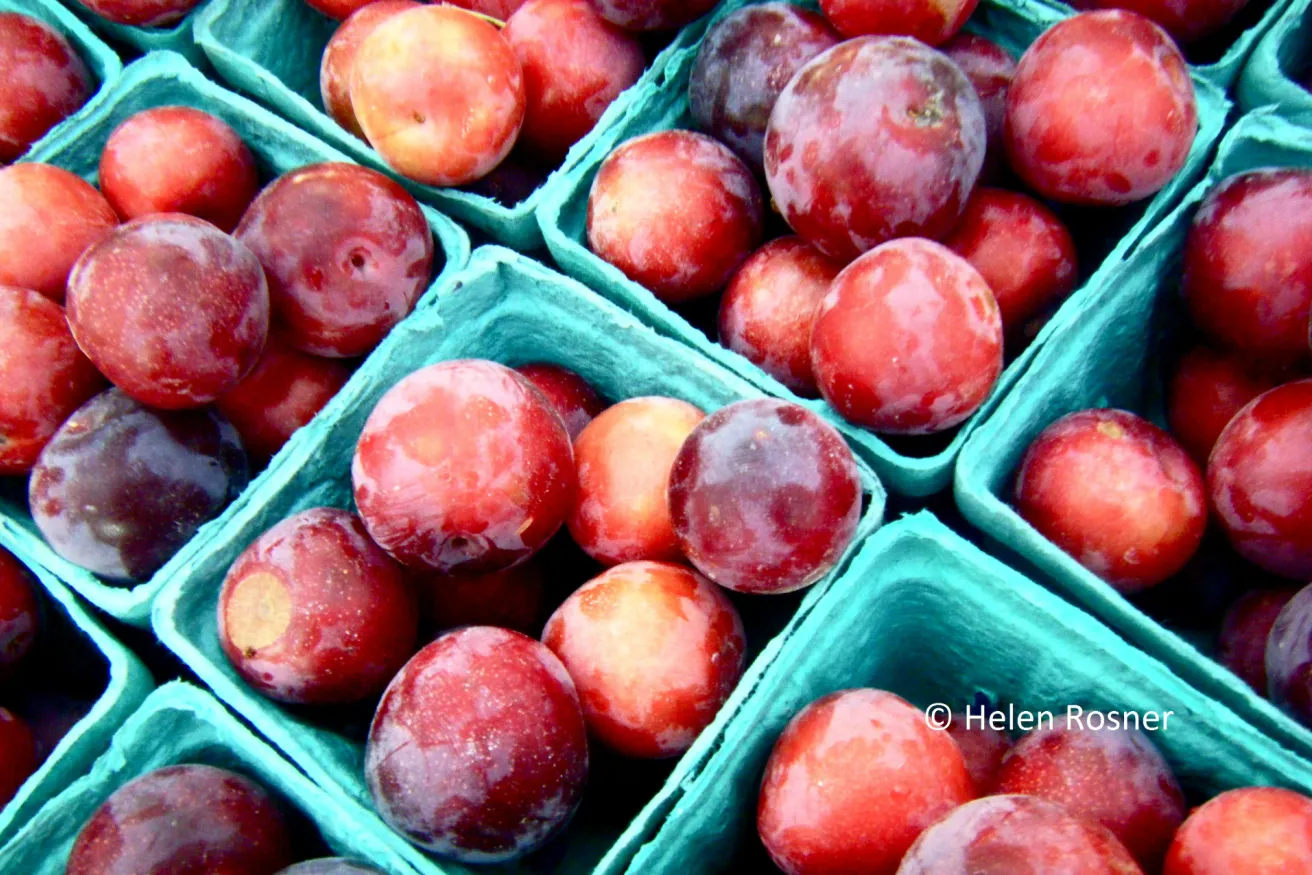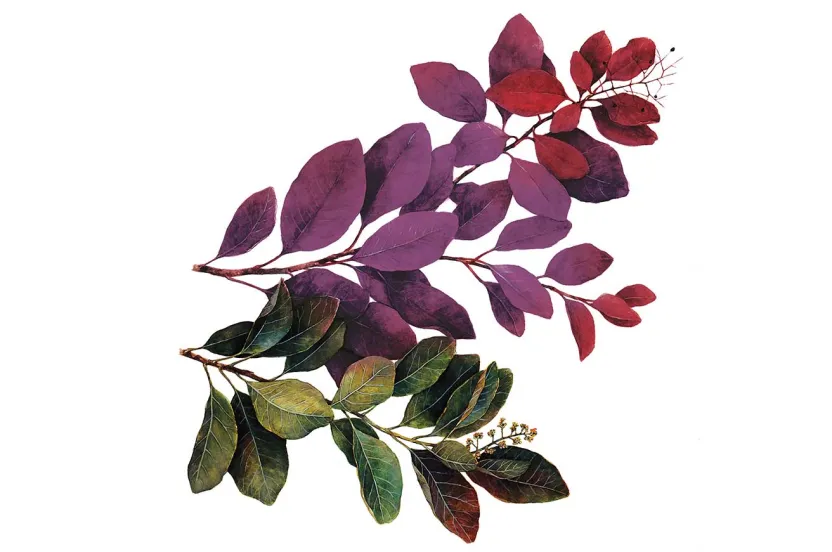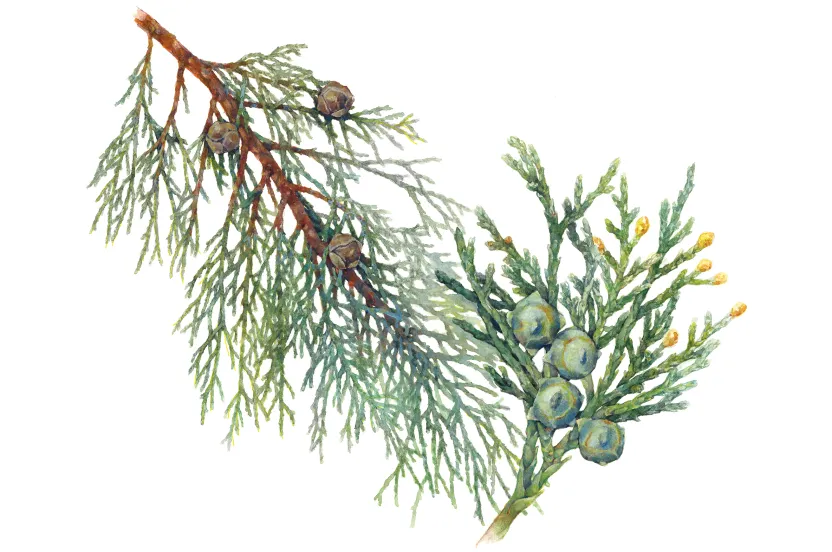Prunus salicina
The Methley plum, one of few self-pollinating plum varieties, originated in China thousands of years ago. Plum trees, which are categorized by origin, fall into three main categories; European, Japanese (although many Japanese varieties originated in China), and American. The Methley plum, like many other Japanese varieties, are a popular variety in the United States due to its ability to grow in a wider range of soils and climates in comparison to its European counterpart.
Its large, heart-shaped, clingstone fruit are a sweet treat to animals and people alike and typically begin to blossom in late May. In addition to animals, the Methley plum is a favorite among many varieties of butterflies and will provide any wildlife lover hours of entertainment.
Environmental Conditions
- Does well in acidic, alkaline, loamy, moist, and well-drained soils (hardiness zones 5–9).
- Prefers full sun, with at least six hours of direct sunlight every day.
- Grows best in climates with low humidity during the growing season.
Physical Attributes
- Self-pollinates, but planting two or more together is suggested for best results.
- Can grow to be 10–20 feet high with a spread of 10–20 feet at full maturity.
- Grows at a moderate rate and will typically begin to bear fruit after 2–4 growing seasons.
Tag us in a photo of your Methley plum tree!




